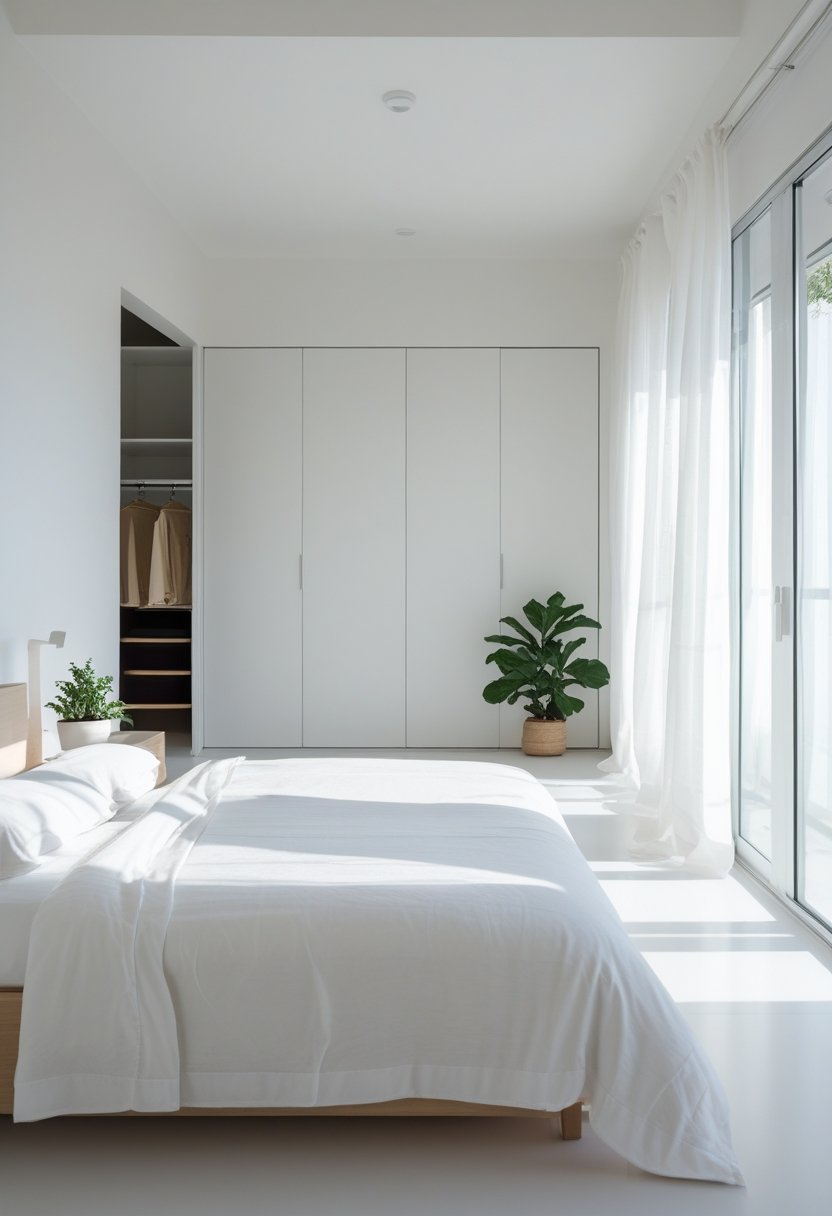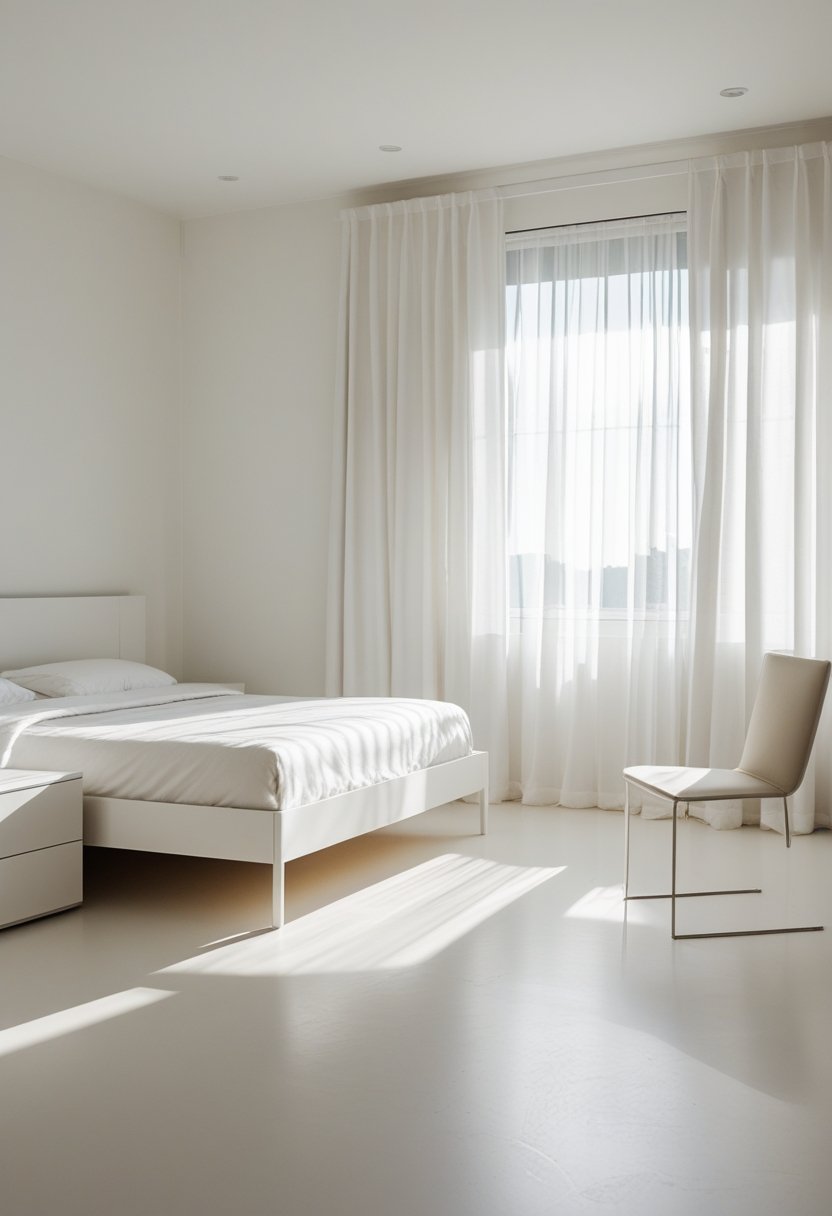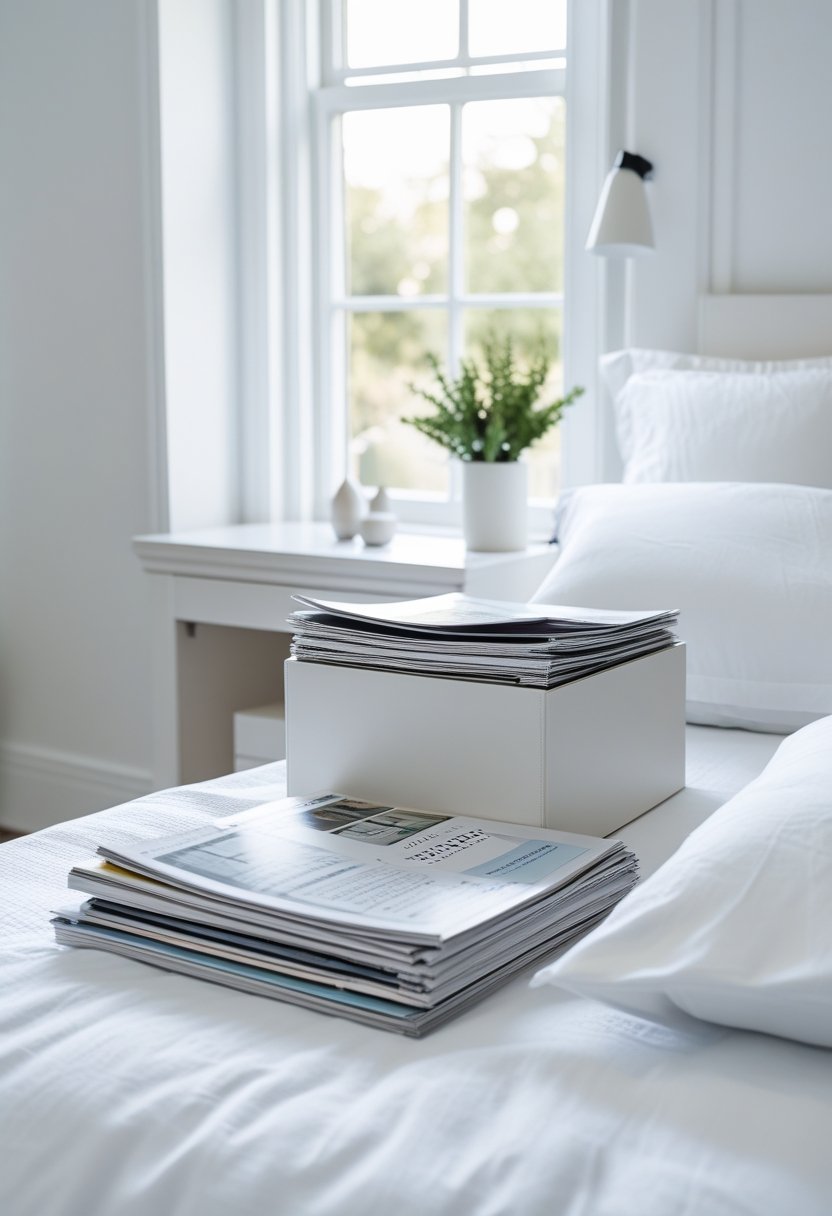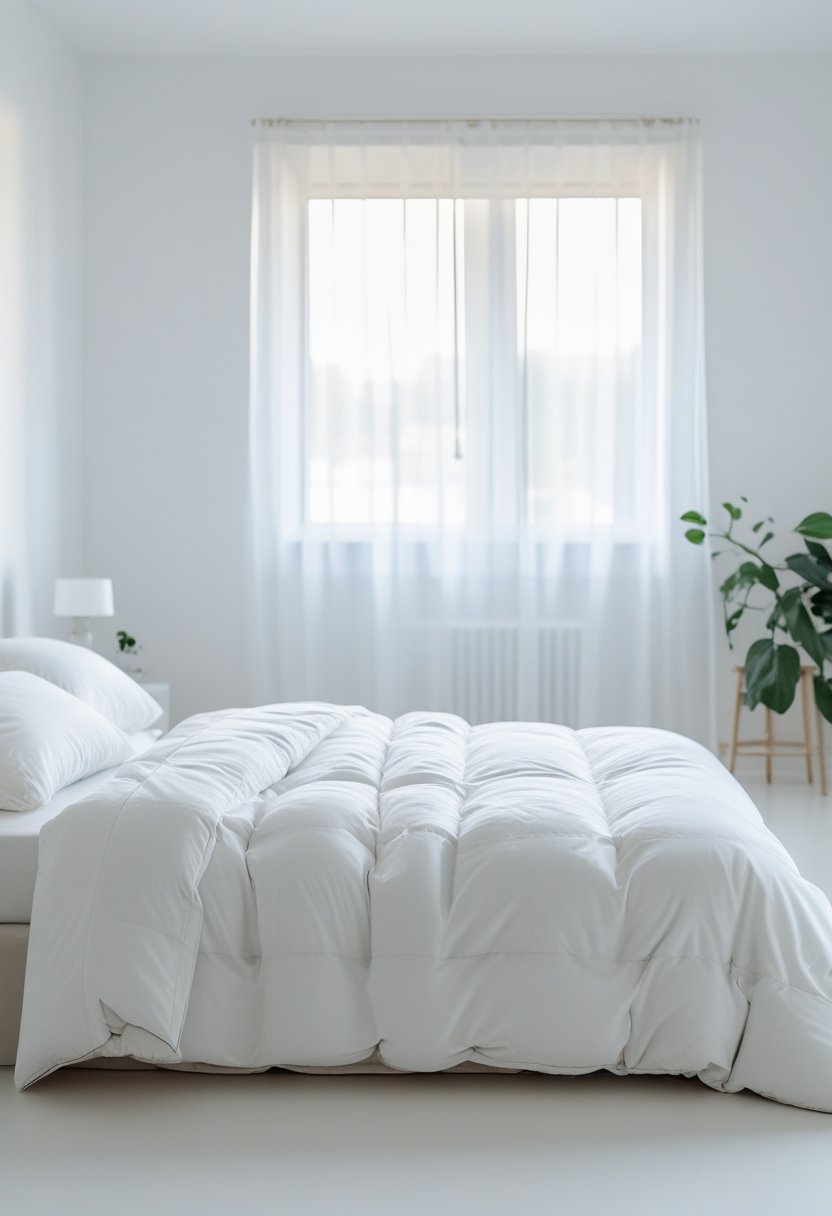I’ve found that a cluttered bedroom can affect how restful and organized I feel throughout the day. Minimizing distractions and excess items in this space creates a more calming environment. A simple, streamlined bedroom supports better focus and relaxation.
Decluttering like a minimalist means understanding which items to remove to create a functional and comfortable space. By focusing on what truly matters, I’m able to improve both the look and feel of my bedroom without unnecessary belongings weighing it down. This approach helps maintain a clean, intentional living area.
Old electronics and unused chargers
I start by gathering all old electronics and unused chargers from my bedroom. These items often accumulate unnoticed and take up valuable space.
Many devices end up broken or obsolete, so keeping them only adds clutter. I evaluate each item to decide if it still serves a purpose.
Unused chargers and tangled cords create visual and physical mess. Removing them makes my space feel cleaner and more functional.
I dispose of or recycle these electronics properly to avoid waste. This step is essential to maintain a minimalist bedroom.
For detailed guidance on decluttering electronics, I refer to this useful resource on how to declutter electronics in 10 steps.
Furniture without storage functionality
I avoid furniture that serves no storage purpose in my minimalist bedroom.
Pieces without built-in storage often add unnecessary clutter.
Choosing furniture with drawers or shelves helps me keep things organized and out of sight.
This approach frees up space and maintains a clean, functional environment.
Eliminating non-functional furniture simplifies room layout and cleaning.
For a minimalist bedroom, I focus on items that combine form and storage.
More details on minimalist choices are available in this article on decluttering your bedroom.
Excess paper and magazines
I notice that excess paper and magazines quickly pile up in my bedroom. These items clutter surfaces and distract from a calm environment.
I regularly sort through mail, receipts, and magazines. Removing what I don’t need helps maintain a cleaner space.
Keeping only important documents and a few current magazines reduces the paper load. This small step makes my bedroom feel more organized and peaceful.
Managing paper clutter is ongoing but essential to minimalist living. I stay consistent to avoid buildup over time.
For more ideas on handling paper clutter in minimalist bedrooms, see this Homes & Gardens article.
Extra blankets and pillows
I keep only the blankets and pillows I actually use. Extra ones often create clutter and take up unnecessary space.
I found that having two sets of sheets and a couple of pillows is enough. It simplifies laundry and keeps my bedroom tidy.
Old or worn blankets and pillows get donated or recycled. Removing them improved the room’s feel and made cleaning easier.
Limiting decorative pillows helps too. I choose a few that add comfort without overcrowding the bed or surfaces.
For more ideas on ditching extra linens and pillows, see this guide on minimalist bedroom decluttering.
Minimalist Mindset: Embracing Simplicity
Adopting a minimalist mindset means more than just removing items; it requires a shift in how I think about possessions and space. I focus on what truly adds value to my life and intentionally set clear goals to guide my decluttering process.
The Psychology of Letting Go
Letting go of belongings can be difficult because items are often tied to memories, identity, or a sense of security. I remind myself that holding onto things out of obligation or guilt creates unnecessary mental clutter.
When I evaluate items, I ask if they serve a practical purpose or bring genuine joy. This mindset helps me overcome hesitation and allows me to part with things without regret. The freedom I gain from releasing possessions outweighs the discomfort of letting go.
Establishing Your Decluttering Goals
Without clear goals, decluttering can feel aimless and overwhelming. I start by defining what I want my bedroom to look and feel like—calm, functional, and easy to maintain.
Setting specific objectives, like reducing clutter by half or keeping only essentials with daily use, creates structure. I use a simple checklist to track progress and avoid keeping items “just in case.” These goals keep me focused, preventing distractions and unnecessary purchases that disrupt minimalism.
This approach helps me create a space aligned with my needs and values.
For detailed strategies, I use insights from minimalist bedroom decluttering tips to refine my process.
Maintaining a Clutter-Free Bedroom
Keeping a minimalist bedroom requires consistent effort. Developing practical routines and using the right storage options makes it easier to keep belongings organized and avoid clutter buildup.
Daily Habits for Lasting Minimalism
I found that small daily habits make a big difference. I put away clothes immediately after changing instead of piling them on a chair or floor. Making my bed every morning also keeps the room looking tidy and sets a productive tone.
I clear surfaces like nightstands and dressers nightly. This prevents clutter from accumulating and helps me spot out-of-place items quickly. Setting a 5-minute end-of-day tidy-up routine helps maintain order without feeling overwhelming.
Smart Storage Solutions
Choosing smart storage solutions is crucial. I use drawer dividers and bins to separate socks, underwear, and accessories, which stops mixing and shuffling. Shelving units with labeled baskets make it easy to keep similar items together and accessible.
Using vertical space is key. Wall hooks for bags or hats and under-bed storage boxes reduce visible clutter but keep essential items close. This approach matches expert advice on organizing bedrooms for functionality and minimal visual distraction here.

Hi, Ehtesham Here, I like to upload content about fashion and scents, and I love sharing ideas. My goal is to help others in finding outfits and Scents.




